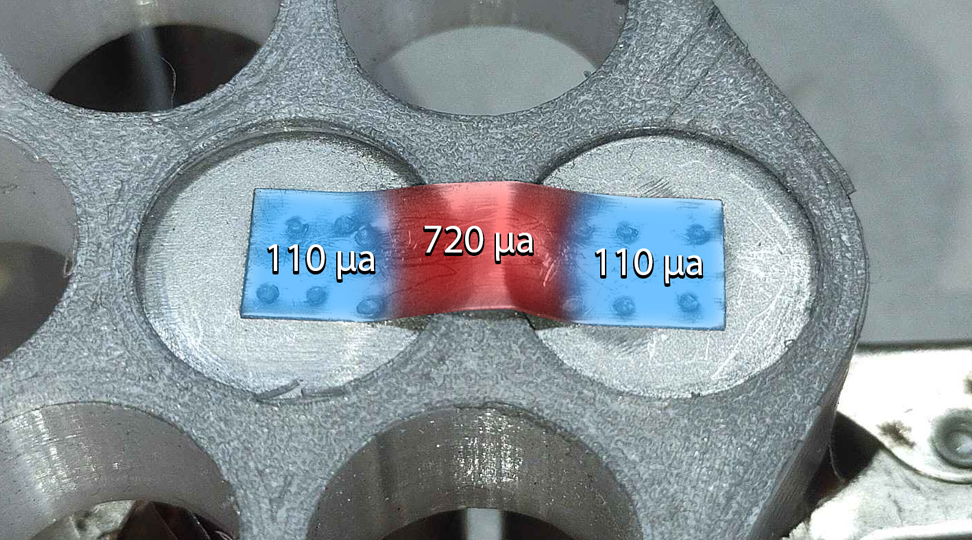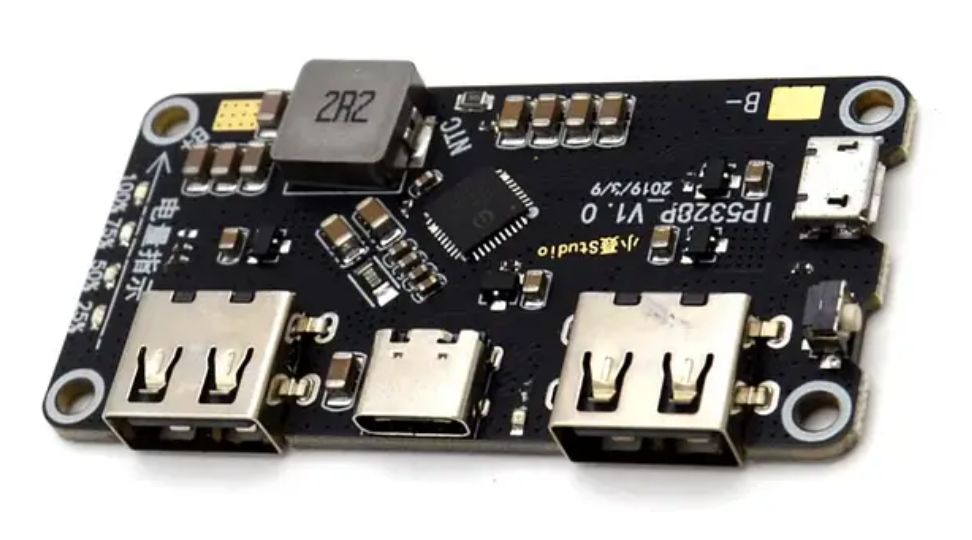
Can I use car charger to charge ebike battery
Charging an eBike battery with a car charger might seem like an unconventional approach, and may, at first glance, even seem impossible. With the right equipment and knowledge, however, it's entirely possible. E-bike batteries, which more often than not use NMC Lithium-ion chemistry, require specific charging parameters that differ significantly from those of car batteries. In this article, we will go into the feasibility and methodology of using a car charger for e-bike batteries. You might also want to check out our article on how to build a DIY lithium-ion e-bike battery.
Understanding Battery Technologies
E-bike batteries are mostly based on NMC (Nickel Manganese Cobalt) Lithium-ion cell chemistry, which has significantly different charging characteristics than a lead acid battery, which is the type used in a car. To deepen your understanding of the differences between lead acid/AGM and lithium-ion batteries, take a look at our article comparing AGM and lithium batteries.
- Fully Charged Voltage: Approximately 4.2 volts per cell.
- Discharge Threshold: Around 3 volts per cell.
- Common Voltages: Adult e-bikes typically have a minimum of 36 volts, with some child models going as low as 24 volts.
In contrast, car batteries are designed around Lead Acid technology, which has a nominal voltage of 12 volts (six cells in series at 2 volts each) and a full charge voltage of around 14.5 to 14.8 volts.
- Voltage Specifications: The lowest voltage e-bike battery (24 volts) requires a maximum charge voltage of 29.4 volts, far exceeding the output of standard car battery chargers.
- Charging Modes: Car batteries have two charging voltages - float and full charge. Float charge voltage (around 13.5 to 13.8 volts) is safe for indefinite charging, while the full charge voltage (14.5 to 14.8 volts) is necessary for maximum power delivery.
The Role of a Constant Current Boost Converter
To bridge the gap between the charging capabilities of a lead acid car charger and the requirements of a lithium ion e-bike battery, a constant current boost converter is required. In contrast to a basic constant voltage boost converter, this device can regulate current in addition to elevating the voltage. This is absolutely critical for properly charging a lithium ion battery, as constant voltage alone will simply not cut it.
How To Use A Car Charger To Charge An Ebike Battery
- Connect Charger To Wires: Attach the car charger's alligator clips to a heavy gauge wire (10 gauge or larger, depending on length). You can also build your own charger by following our article, "How To Make a DIY Lithium Battery Charger."
- Connect Wires To Boost Converter: Connect the positive and negative wires to the input of the constant current boost converter.
- Configuration: Set the constant current boost converter to match the e-bike battery's specifications. For a 36-volt battery, the converter should be set to a full charge voltage of 42 volts.
- Attach Multimeter: Temporarily connect a multimeter in series with the boost converter and battery so you can measure the current that you are setting.
- Charging Current: Adjust the charging current based on the e-bike battery's capacity and the car charger's capabilities. Most car chargers offer a maximum output of 10 amps at 12 volts, translating to lower amperages at higher voltages through the boost converter.
Practical Considerations
- Safety: Always ensure that the connections are secure and the equipment is compatible to prevent damage or injury.
- Efficiency: The efficiency of charging will depend on the power output of the car charger and the capacity of the boost converter. Typically, you can expect a lower amperage at higher voltages, impacting charging times.
Conclusion
While not a straightforward process, charging an e-bike battery with a car charger is feasible with the use of a constant current boost converter. This method requires understanding the technical specifications of both the battery and the charging equipment. By carefully setting up the system, e-bike users can utilize car chargers as an alternative charging solution, ensuring that the battery is charged safely and efficiently. If you're considering charging a lithium battery with a car alternator, there are several factors to keep in mind. We cover these in detail in our article, "Can a Car Alternator Charge a Lithium-ion Battery?"
We hope this article helped you understand how to use a car charger to charge an ebike battery. Thanks for reading!


